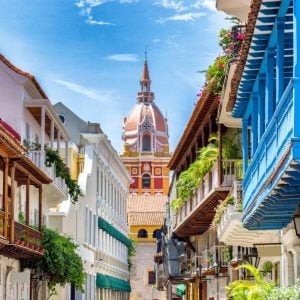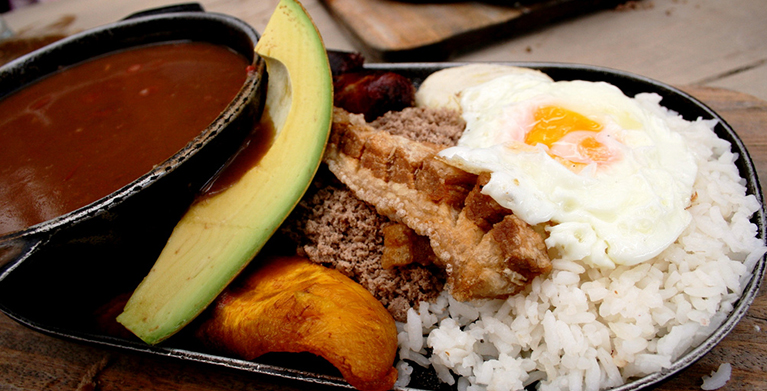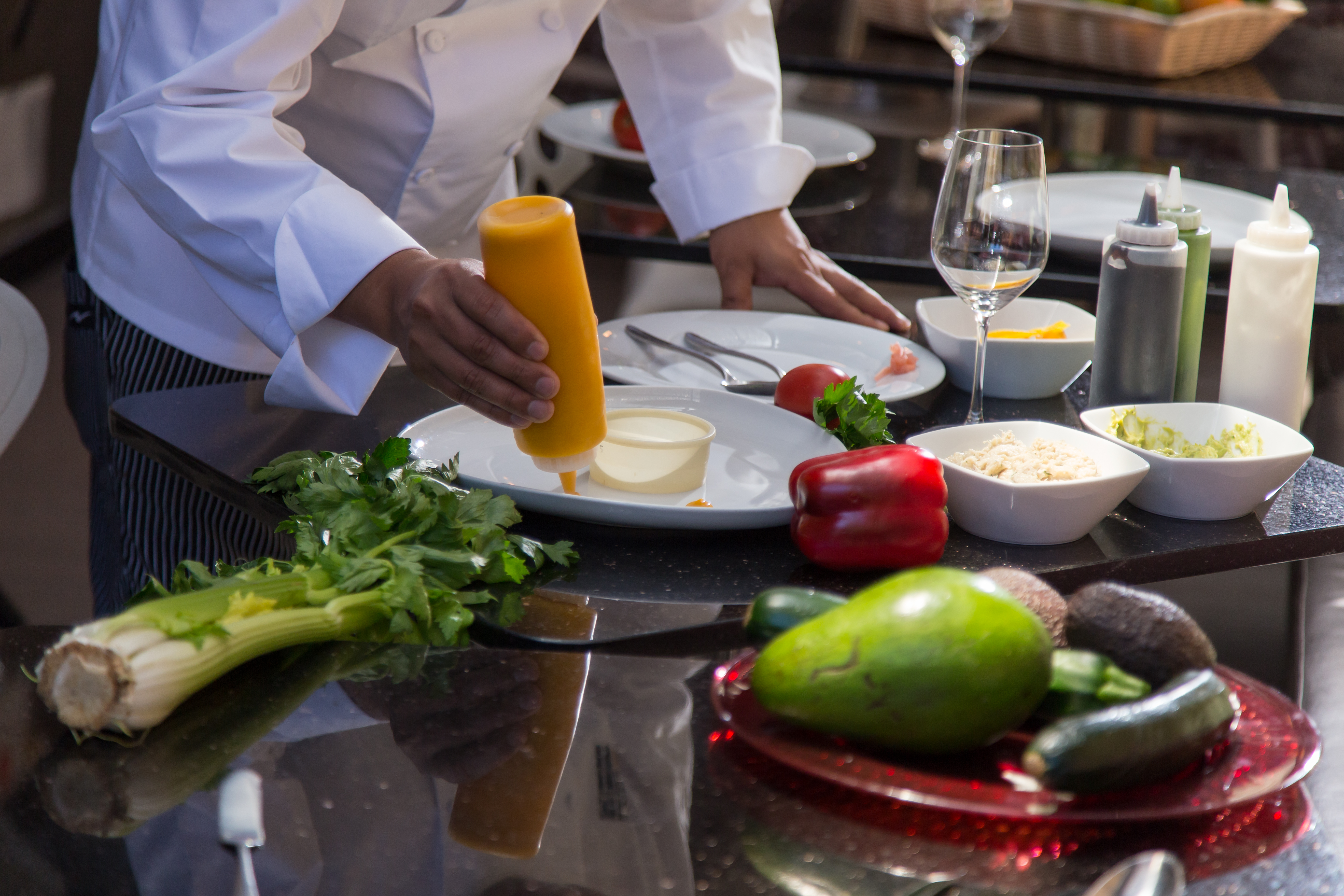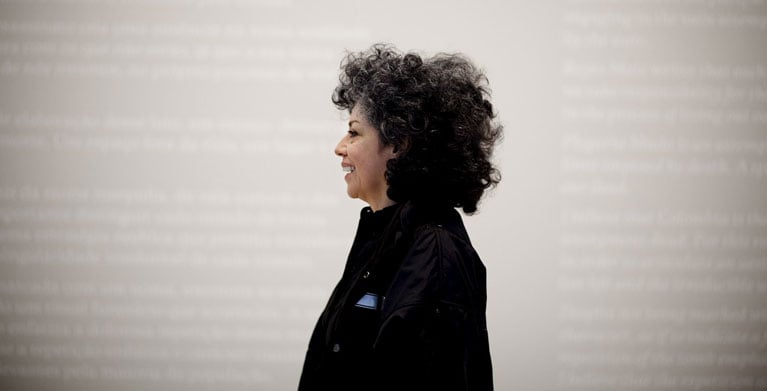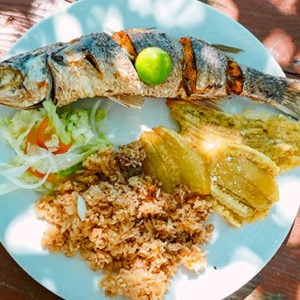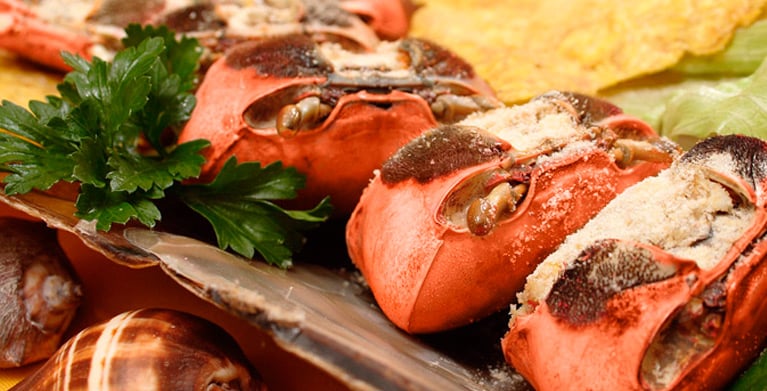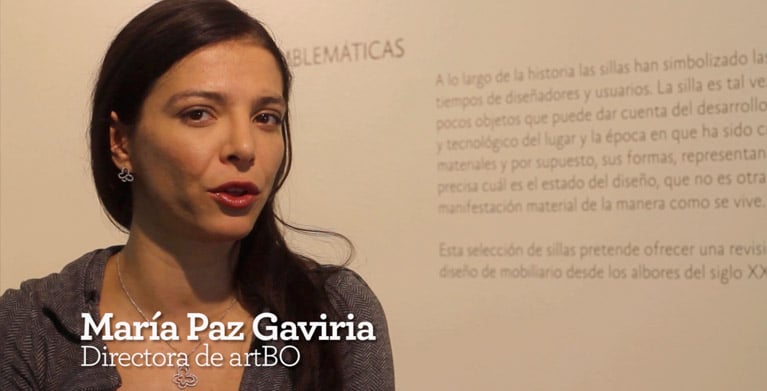Colombia is an animal-loving nation, so much so that animals have crept into the nation’s everyday speech. You may hear reference to some of these animals in a very unexpected context:
Camello
Camello may mean “camel” in English but in Colombia, camel is a word applied to work (and “to work” is camellar) No-one’s too sure why your work is your camel, perhaps because you need a hump day once a week to get through it.
Cangrejear
Cangrejear or “Crabbing it” is applied when a person briefly renews their relations with an ex-partner (that’s the polite way to put it) We’re not sure whether it’s the dicey way crabs slide sideways into situations, or the risk of being caught in an enormous pair of claws, that sparked the resemblance.
Cerdisimo
This exciteable insult probably translates as “super porky” or “super piggy” in English, but either way, mention of everyone’s favorite farmyard animal indicates that something is either immense or a bit disgusting, as it does across the world. It’s porkisimo!
Chivo
And we’re firmly down on the farm now, with chivo, which means “goat” in English but the word is often used in Colombia to describe a man with a certain fondness for women. “Look at that womaniser… what a goat!” you might say.
Dar una paloma
“Give someone a pigeon” means offering them a free ride in Colombia, in the manner of a bus driver who accepts the plea of a broke student when it’s pouring with rain and permits them to climb over the barrier. Perhaps it came from the carrier pigeon association?
Echarle los perros
“Setting the dogs” on someone in Colombia means to flirt with them. And considering the simple perro (dog) description is often applied to a womaniser, that may give you some clue as to where it’s intended to lead.
Hacer una vaca
“Make a cow” is not what you think, or anything like what you think (What are you thinking?) Here in Colombia the term is applied to collecting money for a kitty, similar to having a whip round in English, or everyone chipping in.
Hacer conejo
“Doing a rabbit” is pretty much the opposite to making a cow in Colombia. The term is applied when you leave without paying your bill – presumably with the same speed a rabbit disappears down its hole.
Lobo
“Wolf” is a rather mean term in Colombia, applied to a person or object considered to be of low or bad taste. Trashy is probably the English equivalent.
Mamar gallo
“Suck cockerel” (yes, that is our polite way of translating it) is the Colombian version of a universal expression, when someone is refusing to be serious or perhaps trying to take advantage. “Taking the mickey” would be our gentlest equivalent.
Más claro no canta un gallo
“A cock couldn’t sing it any clearer,” means, well, it just couldn’t be any more obvious, could it? We’re hoping that’s the way you now feel about Colombia’s “Animal” slang.
Love learning the local lingo? The answer is Colombia. If you liked this article, feel free to share it on Facebook, Twitter, LinkedIn, Google+ or any of your social networks.
You may also enjoy:


